Glossary
Definitions with extra insight
-
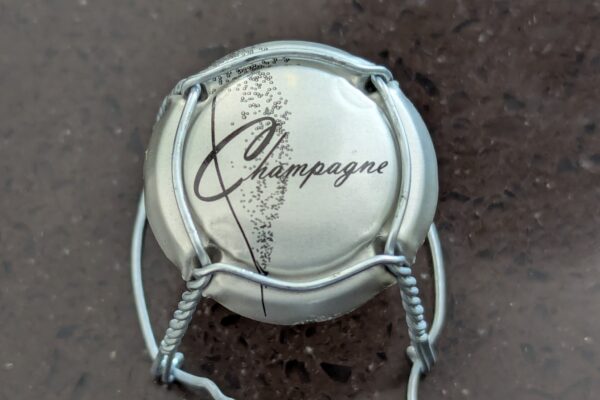
Traditional Method
The traditional method for making sparkling wine, sometimes called méthode traditionnelle, is the classic way of creating bubbles inside the bottle. A still base wine is first made from suitable grapes, then a measured mixture of yeast and sugar is added before the wine is bottled and sealed. This triggers a second fermentation in the…
-
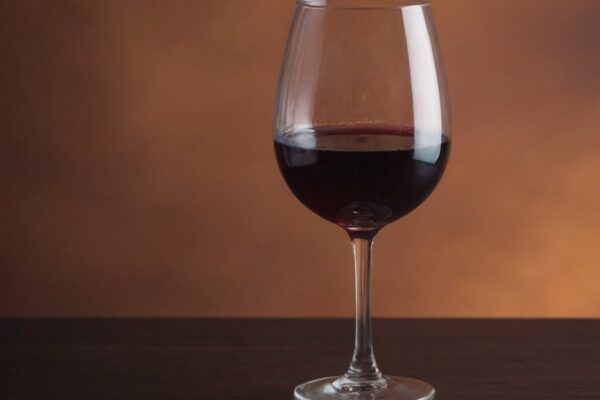
Oxidative Style
The oxidative style of wine is a deliberate winemaking approach that exposes the wine to controlled amounts of oxygen during production. This technique enhances secondary aromas, flavours, and textural complexity, distinguishing oxidative wines from their reductive counterparts. Wines made in this style often exhibit savoury and umami flavours, nutty aromas, a deeper colour compared to…
-
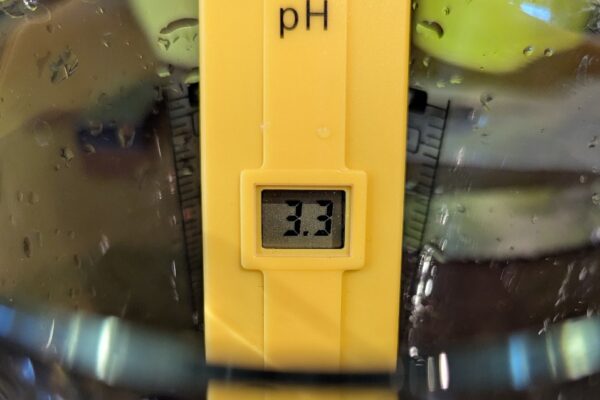
pH Level
pH is a measure of acidity on a scale from 0 to 14. The relationship between a wine’s taste profile and its acidity can sometimes be misleading due to factors such as sweetness, tannins, alcohol content and winemaking techniques, particularly in red wines. In some cases, I measure the pH level to help determine the…
-
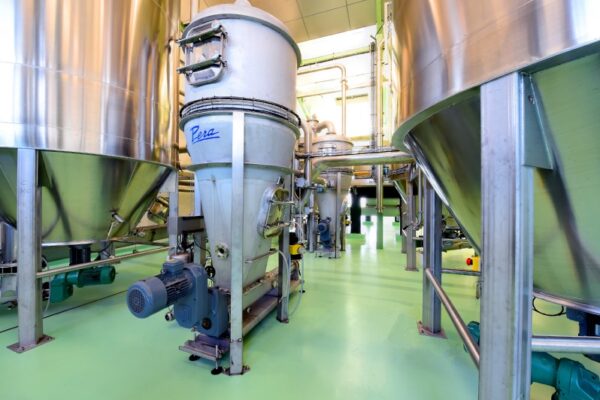
Mash Heating
Mash heating, also known as thermovinification in winemaking, is a process that involves heating the grape must to higher temperatures than traditional methods. This technique is used to enhance various aspects of the final product. The process is sometimes used for grapes damaged by botrytis or grape rot in order to avoid prolonged contact with the grape must. Thermovinification…
-
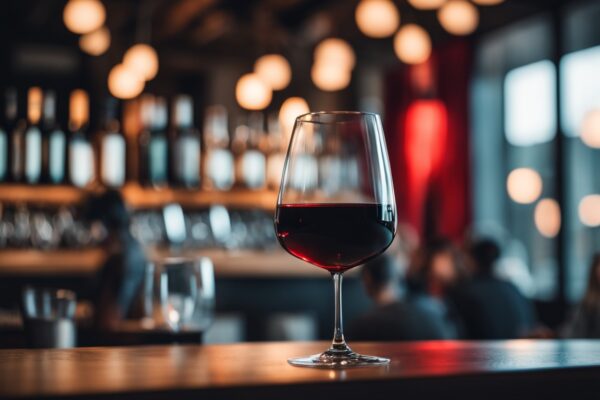
Tight Wine
Tight refers to a red wine that is not quite expressive in aroma and flavour when it is initially opened and tasted. This term is often used to describe younger red wines. Tight wines generally have high acidity and tannin levels that haven’t yet integrated smoothly with the wine’s fruit and other components. Over time,…
-
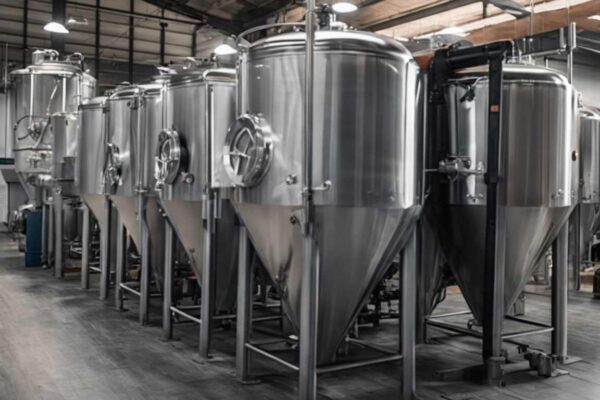
Malolactic Fermentation
Malolactic Fermentation (MLF) is a common process in the production of many most wines and a few white wines. During MLF, malic acid present in the wine is converted to lactic acid by lactic acid bacteria, which helps in reducing the wine’s acidity and contributes to a smoother, creamier mouthfeel. For white wines, MLF is…
-

Complexity
The term ‘complexity’ is often used to describe a wine’s multifaceted character. A complex wine offers a range of flavours, aromas and sensations that unfold in layers as you taste it. Unlike a simple wine, which might be pleasant but one-dimensional, a complex wine keeps your palate engaged by constantly revealing new aspects of its…
-

Premox
Premox, or premature oxidation, is an issue that can affect wine, particularly white wines, most notably those from the Burgundy region of France. It refers to a condition where a wine ages prematurely, resulting in it losing freshness and exhibiting oxidised characteristics much earlier than expected. This problem is not limited to but is most…
-

Charmat Method
The Charmat method, also known as the tank method or cuve close, is a sparkling wine production technique used to create effervescent wines like Prosecco. This method takes its name from its inventor, Eugène Charmat, a French winemaker who developed the process in the early 20th century. In the Charmat method, a still base wine…
-

Pét-Nat
Pétillant Naturel, commonly known as Pét-Nat, is a unique style of sparkling wine. The term translates from French to “naturally sparkling,” and this wine is notable for its ancient method of production. The Pét-Nat method, also referred to as Méthode Ancestrale, dates back to the early 16th century in Limoux, South France, originally used by…
-

Noble Rot
Noble rot, also known as ‘Botrytis cinerea’, is a beneficial fungus that affects wine grapes. Under specific conditions, this fungus can lead to the production of some of the world’s best sweet wines. When the fungus attacks the grape, it causes the grape to shrivel, concentrating the sugars and flavours. This results in a very…
-

Fine Wine
Fine wine is a ambiguous term, often used the world of high-quality wines that stand out due to their exceptional taste, aroma and potential to age gracefully. These wines, typically crafted in limited batches, come from well-known vineyards and are the acquired by collectors, enthusiasts and connoisseurs. Major wine-producing regions, like Bordeaux in France, Tuscany…
-

Varietal Wine
Varietal wine is made mainly from a single grape variety and its label usually indicates this. It aims to showcase the unique characteristics of that specific grape. On the other hand, many wines are blends for several reasons. Blending can add complexity by combining the attributes of different grape varieties. It also allows for more…
-

Super Tuscan
A Super Tuscan wine refers to red wines produced in Tuscany, Italy, that don’t adhere to the traditional wine-making rules of the region. In the 1970s, some Tuscan wine producers began to feel constrained by the strict wine-making regulations of the region. These rules dictated which grape varieties could be used, the methods of production…
-

Mousiness
Wine mousiness is a fault that arises during the wine making process, mainly due to the presence of undesirable Brettanomyces (‘Brett’) and Lactobacillus. These microorganisms produce certain compounds like tetrahydropyridine that are responsible for the unpleasant odour and taste associated with this fault. It’s called ‘mousiness’ or ‘mouse cage’ due to the characteristic odour and…
-

Light Strike
Light strike in wine, caused by exposure to sunlight or artificial light, leads to unpleasant aromas and flavours reminiscent of sewage, rotten eggs, wet wool or cooked cabbage. This is due to the generation of compounds such as dimethyl disulphide created when light reacts with riboflavin in the wine, creating off-smelling sulphur compounds. The problem…
-

Blind Tasting
Blind tasting refers to the practice of tasting wines without knowing their identity. The bottles are usually covered or the labels are hidden, so tasters have no information about the grape variety, region, producer, or vintage. This method is often employed to prevent any preconceived notions or biases from influencing the taster’s judgement. Blind tasting…
-

Bottle Shock
Bottle shock is a temporary condition that can occur in wine when it has been shaken or subjected to drastic temperature changes. This can happen during shipping, handling or even after bottling. The agitation can disrupt the wine’s molecular structure, leading to a loss of flavour, aroma and overall quality. The symptoms of bottle shock…
-

Reductive
A reductive wine is usually a faulty wine that has been exposed to too little oxygen during its production or storage. This lack of oxygen can lead to the development of undesirable aromas and flavours. In reductive wines, you might detect sulphur-like smells, which can range from struck match and rubber to rotten eggs or…
-

Field Blend
A field blend wine refers to a wine made from two or more grape varieties that are grown together in the same vineyard, harvested at the same time and then co-fermented together. This is in contrast to wines where different grape varieties are grown in separate plots, harvested at different times, and then blended together…
Did You Know?
For Crémant, grapes must be harvested by hand and the wines must undergo at least nine months’ ageing before release. More
In 2024, the UK was the second-largest export market for Champagne globally, after the United States. More
Local UK bottling of wine represents about 40% of imported wine. More
Around 1% of people, typically severe asthmatics, have a sulphite sensitivity. More
A large 80% of Australian wine arrives in the UK in bulk. More
Only about 0.02% of Australia’s landmass is dedicated to vineyards. More
In 2024, New Zealand produced only 1% of the World’s wine. More
In 2024, the US imported 37% of World production of Pinot Grigio and the UK was is in second place at 27%. More
In 2024, the UK was South Africa’s largest export market, with 40% of total exports. More
In 2024, the United Kingdom imported 22.3 million bottles of Champagne, a decline of 12.7% compared to the previous year. More
Larger Champagne producers source grapes from as many as 80 different vineyards throughout Champagne. More
Champagne houses and growers collectively produce around 300 million bottles annually. More
In 2025, the Champagne region was home to about 2,124 Champagne houses and approximately 19,000 growers. More
Provence is one of the leaders in the conversion to organic viticulture, with 61% of vineyards certified. More
8% of the South Africa’s grape production is Fairtrade-certified. More
Up to 80% of wine aroma compounds come from grape skins. More
Glycerol is the third-largest component of most dry wines after water and alcohol which is why they so often feel ‘smooth’ or ‘silky’ in the mouth. More
Humans are more than 400 times more sensitive to bitter than sweet. More
Humans can detect the earthy molecule geosmin at about 100 parts per trillion and camels are so sensitive to it they can locate damp ground from roughly 50 miles away. More
During the phylloxera crisis of the nineteenth century, 90% of Europe’s vineyards were destroyed. More
In 2025, for La Vieille Ferme, also known as “The Chicken Wine”, sales surged by 49.4% to £110.8 million. More
In 2025, in the UK, Yellow Tail held the top position with sales, marking a 9.8% increase over the previous year. More
In 2024, the UK was the second-largest wine importer in volume and value. More
In 2024, the UK was the fifth-largest wine-consuming country globally. More
In 2025, global wine consumption continued its downward trend, estimated at 214.2 million hectolitres, the lowest since 1961. More
In 2025, online alcohol sales had a 20% increase in value over five years. More
In 2025, the number of UK vineyards rose to 1,104 and wineries to 238, with land under vine expanding to 4,841 hectares, a 510% increase since 2005. More
Moët Hennessy alone commands nearly 46.66% of the Champagne market, with the top three producers together holding about 61%, and the top five controlling over 72%. More
In 2024, the Champagne market was worth roughly €3.92 billion. More
In the marketing year 2023/24, white wine accounted for roughly 55% of Spain’s output, whereas red and rosé together made up about 45%. More
In the UK, 92% of wine is consumed within 48hrs of purchase. More
The majority of wines, 95%, use commercial rather than wild yeast. More
Between 0.5 and 10 litres of water, per litre of wine, are needed for cleaning during winemaking. More
Machine harvesting can achieve up to 100 tons of fruit per day vs 1 ton for a human. More
In Germany, 2025 was the smallest wine vintage since 2010. More
The majority of vineyards, 90% in 2019, are farmed with heavy chemical interventions. Only 6% are organic. More
90% of low and coastal areas in south Europe and California will no longer be able to produce good wine by the end of the century. More
Tools
Recent
-

Journey’s End Sir Lowry Cabernet Sauvignon
-

Best from The Global Wine Masters 2025
-

Poulsard Fruitiere Vinicole D’Arbois
-

Iskar Rară Neagră
-

The Bibendum Wine Trend Report and What it Means for UK Wine Lists
-

25% Off Specially Selected Wine at Aldi
-

Moillard Crémant de Bourgogne Chardonnay
-

Light Strike Can Cause Wine Degradation in Just One Day
-

Château Méaume Matured Bordeaux Supérieur
-

Surani Costarossa Primitivo di Manduria
Tags
25% Off Wine Aldi Amarone Argentina Articles Asda Australia Award Awards25 Bibendum Bizarre Blog Books Bordeaux Cabernet Sauvignon Carménère Cava Champagne Chardonnay Chile Climate Change Coop Costco Decanter Duty English Wine EPR Events Fairtrade Food France Furmint Germany Glossary Greece Headaches Health Hungary Italy IWSC Jeroboams Laithwaites Legislation Liberty Wines Lidl Low Alcohol M&S Majestic Malbec Merch Merlot Morrisons Natural News New Zealand Non-Alcoholic Ocado Old Vine Organic Past Tastings Pinotage Pinot Noir Port Portugal Primitivo Prosecco Regulations Reviews Ribera del Duero Riesling Rioja Ripasso Rose Sainsbury's Saperavi Sauvignon Blanc Shiraz Sicily South Africa Spain Sparkling Supermarkets Sustainable Tax Terroir Tesco The Wine Society Unrepresented USA Valpolicella Vinho Verde Virgin Wines Waitrose Wanderlust Welsh Wine What to Buy Wine Art WineGB WIne Glasses Zinfandel



